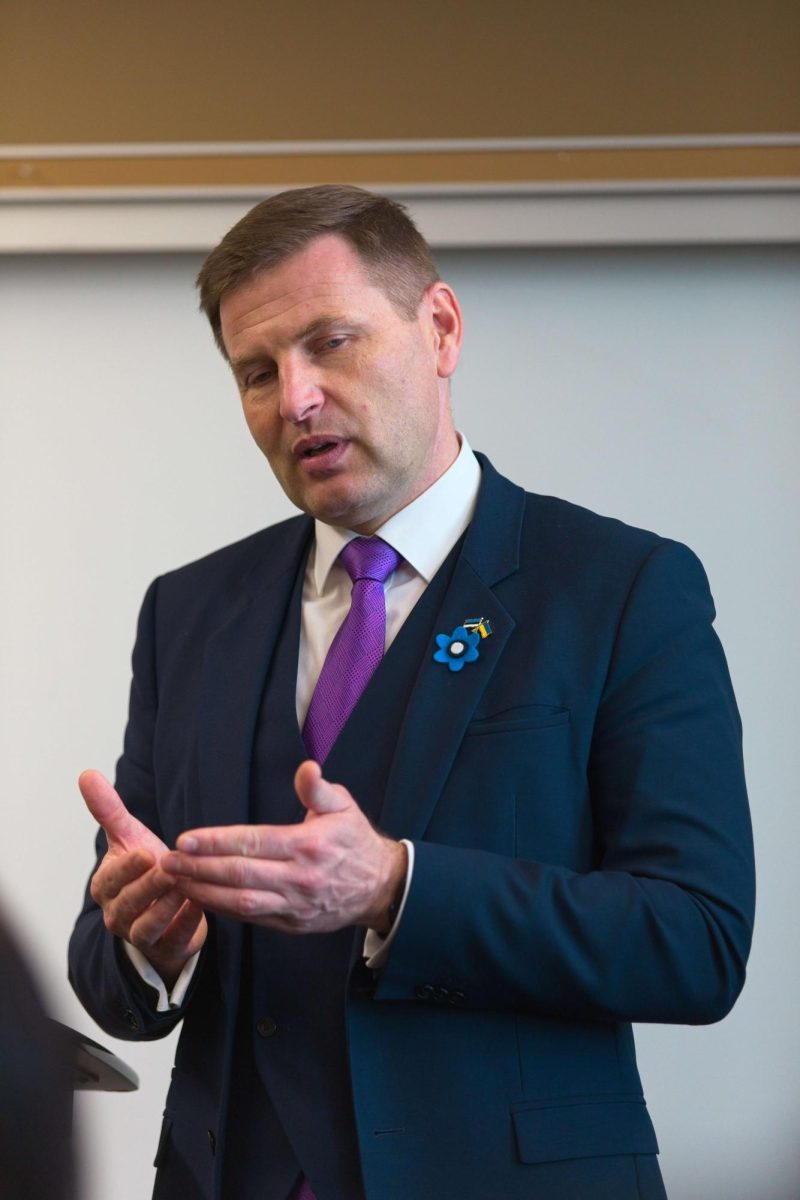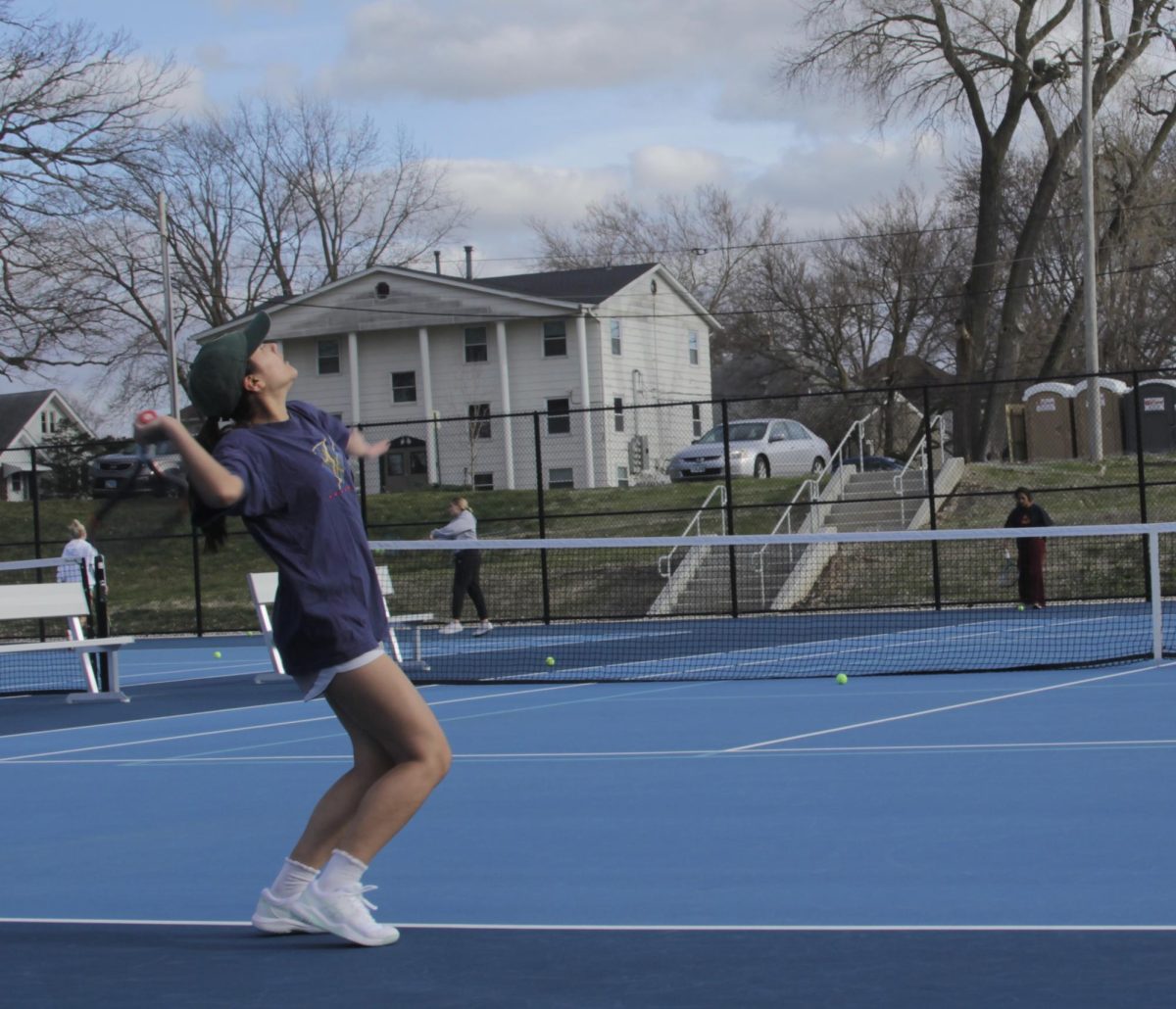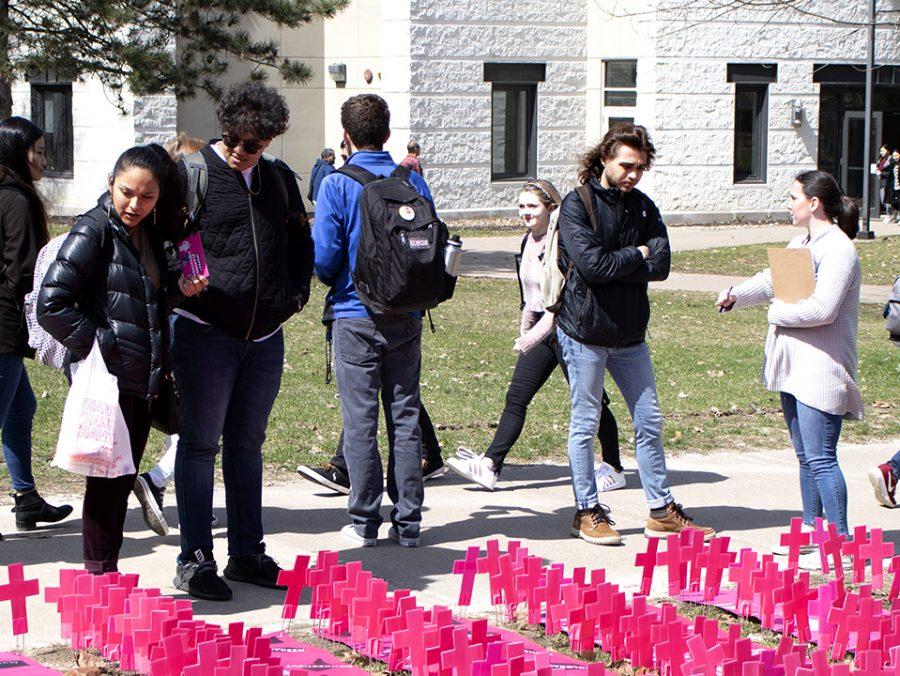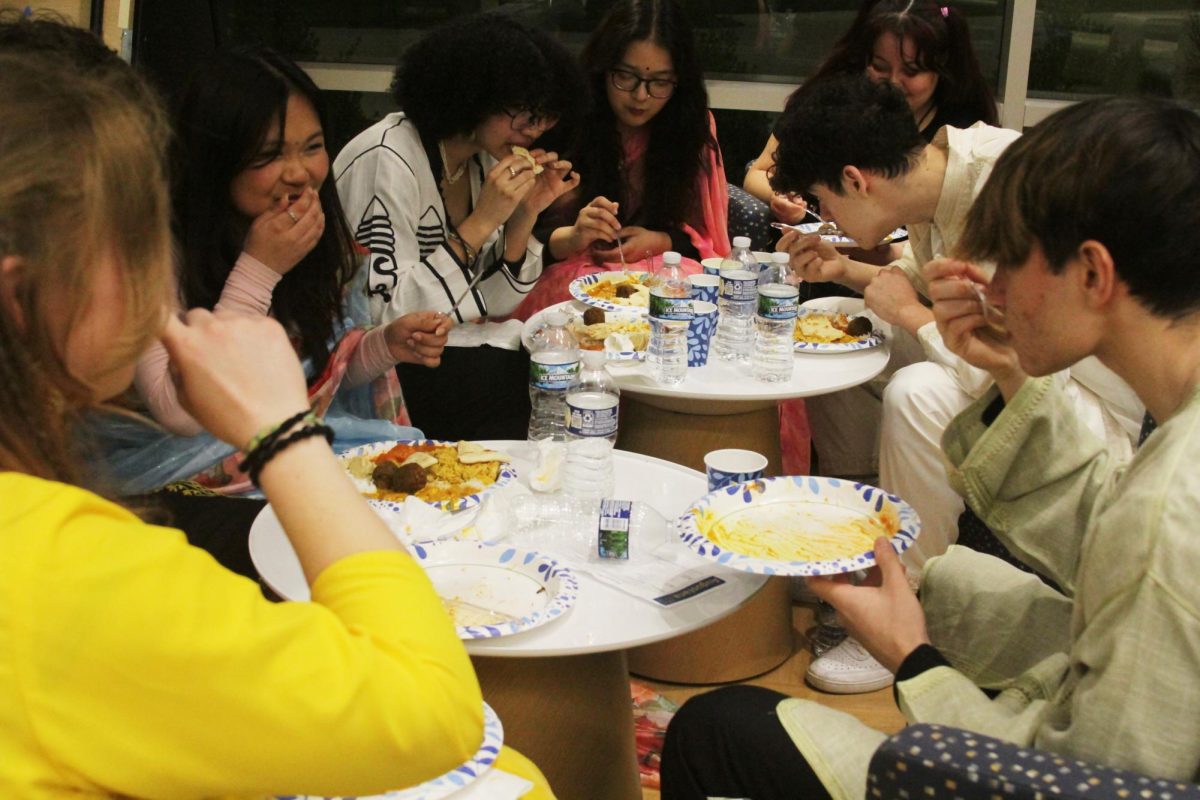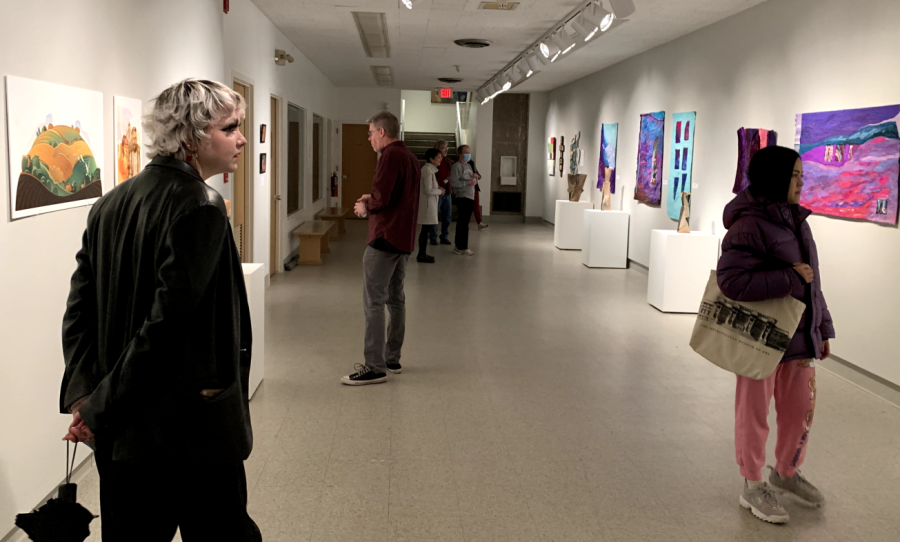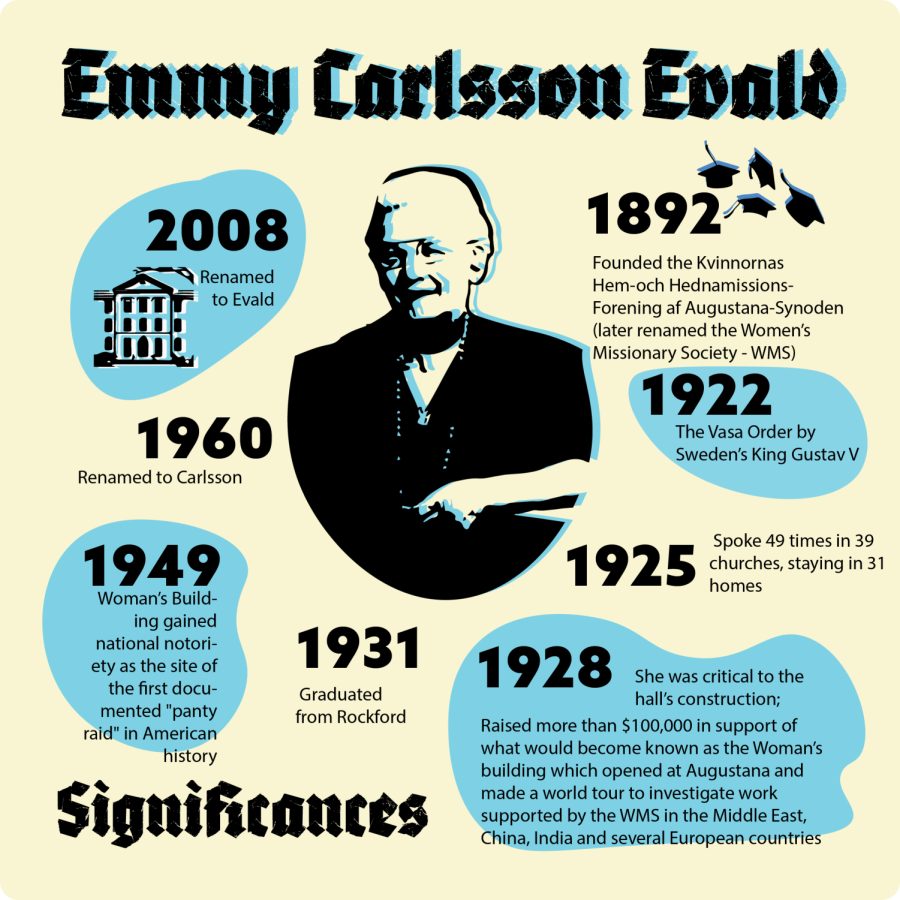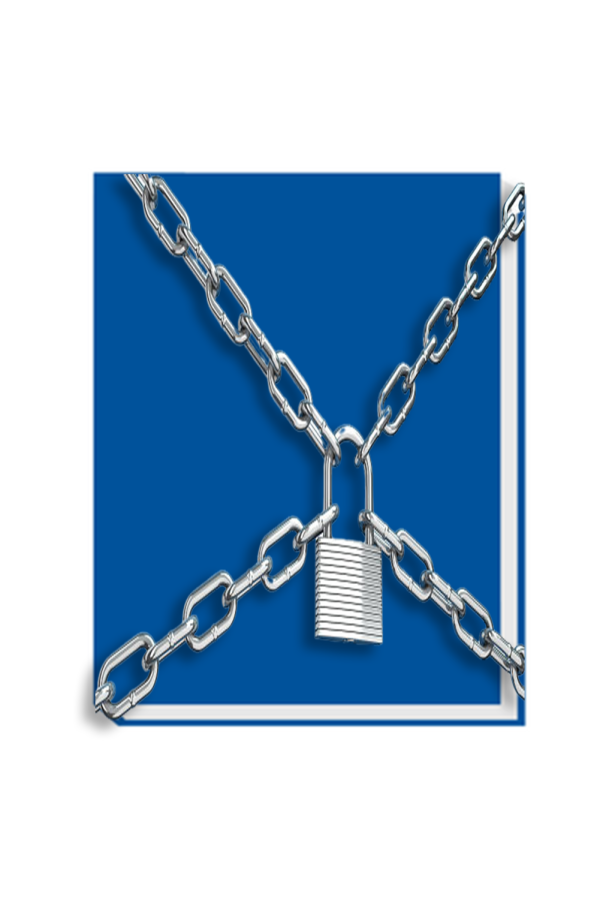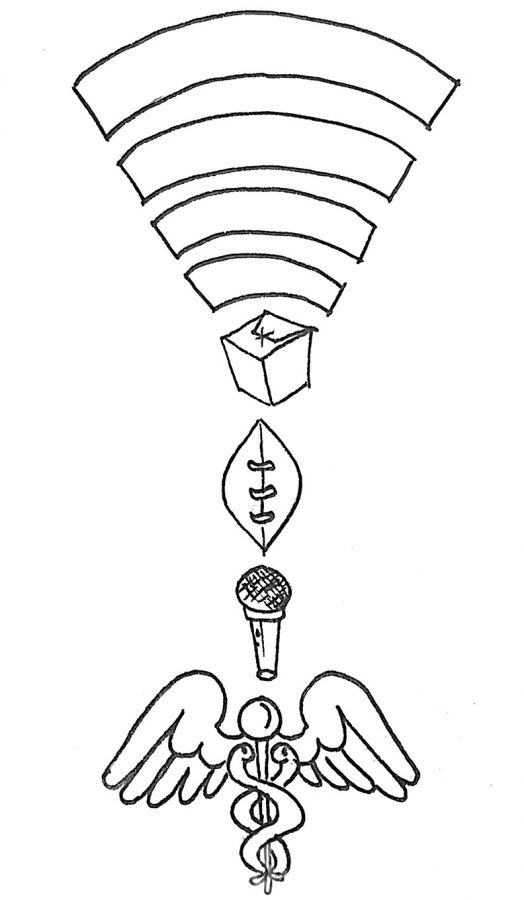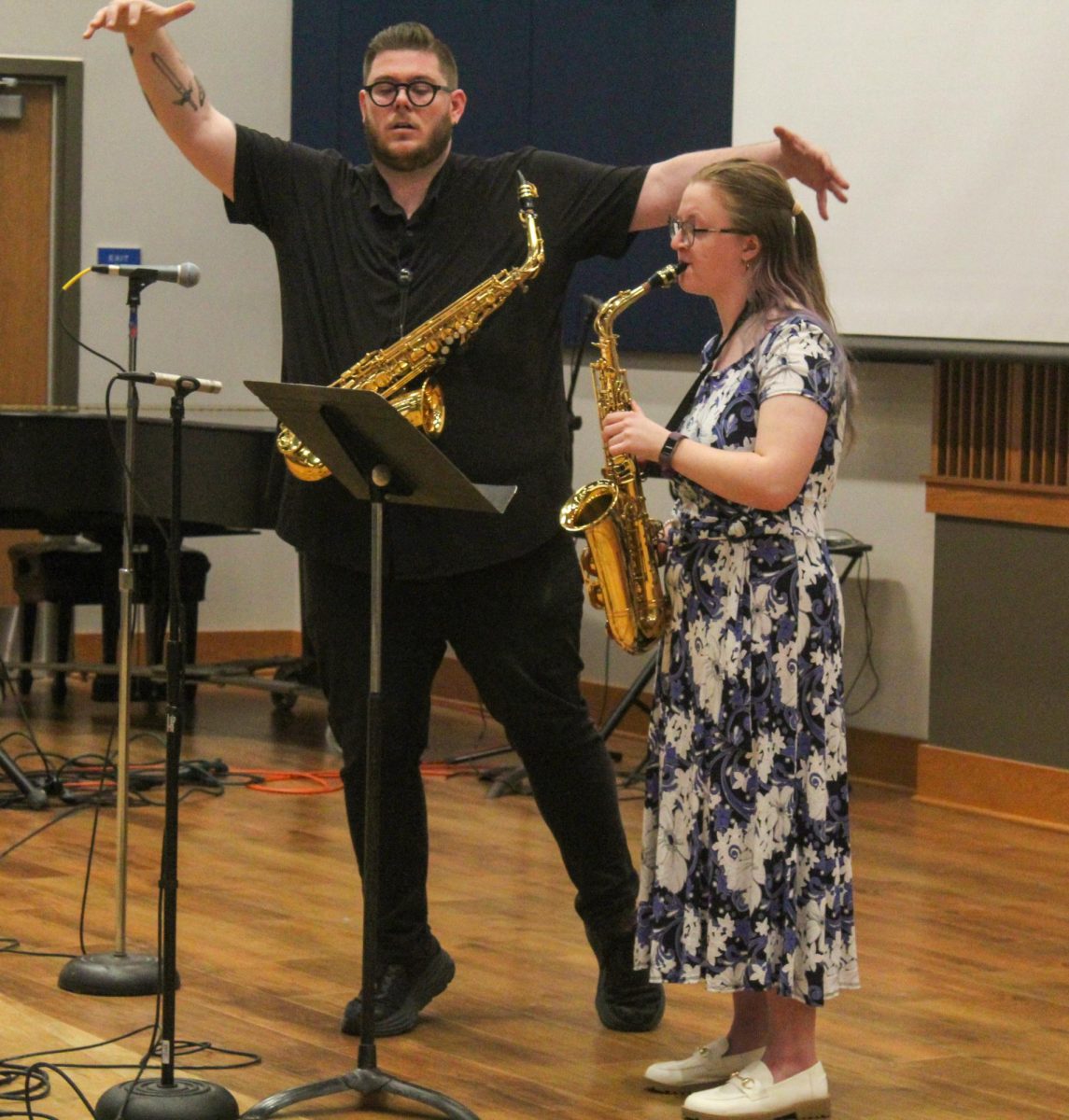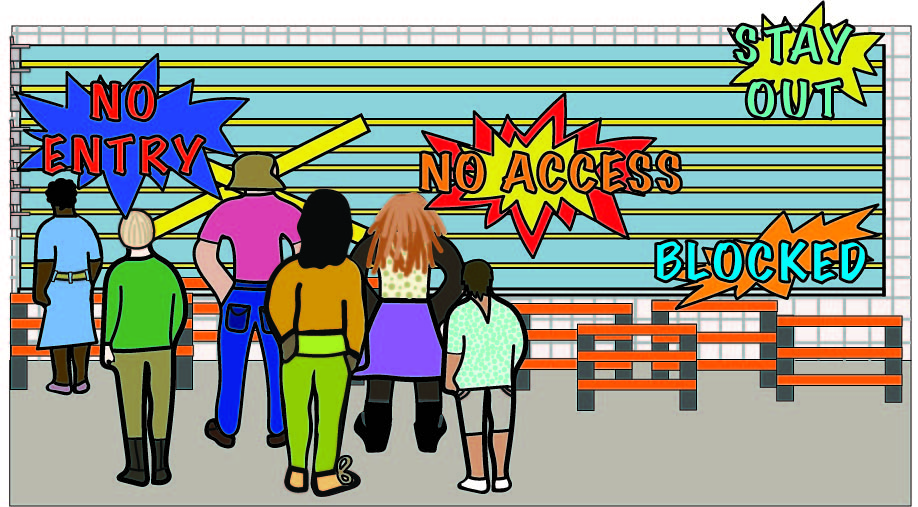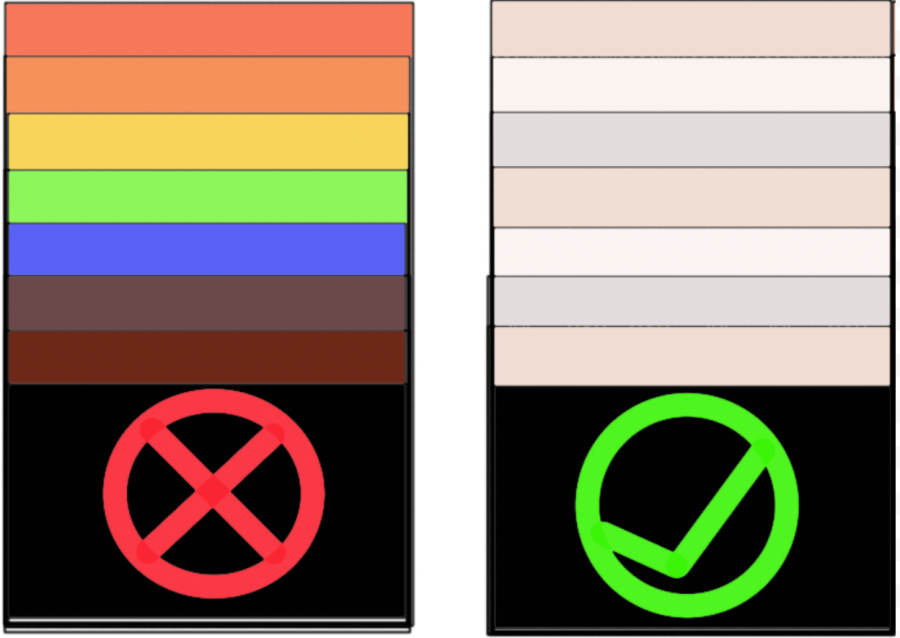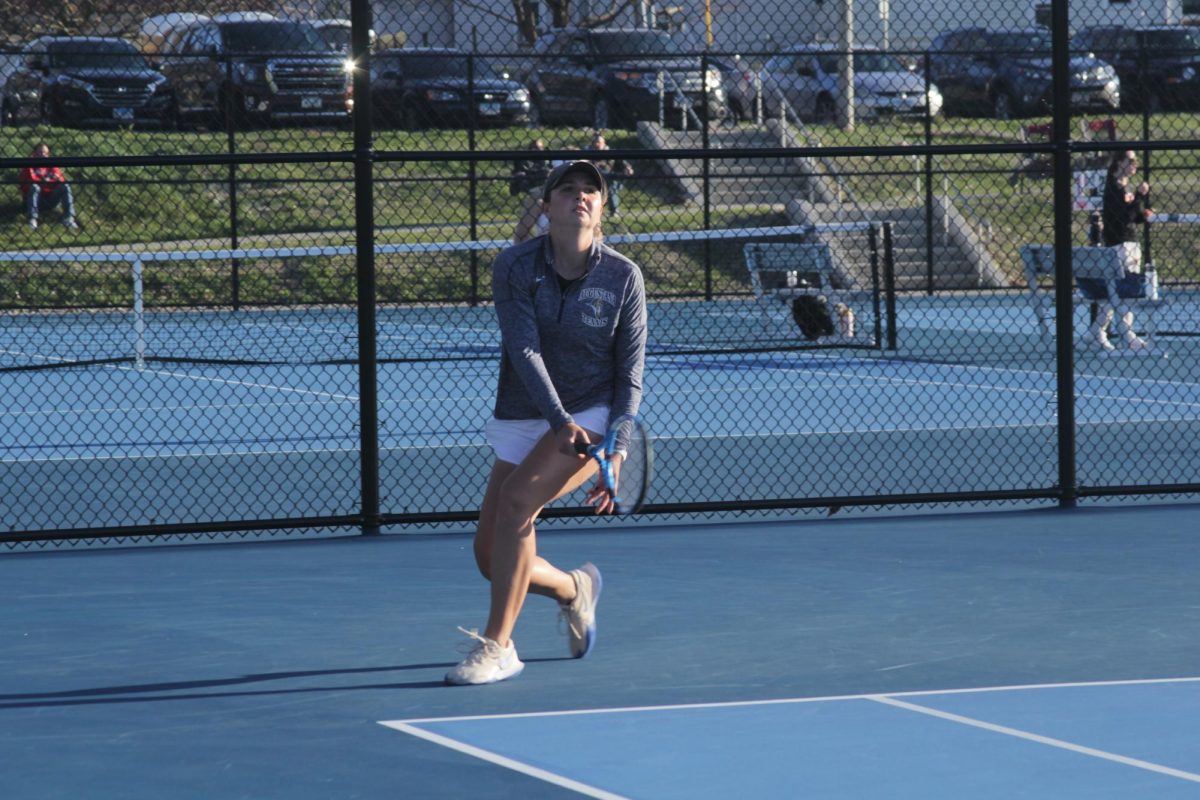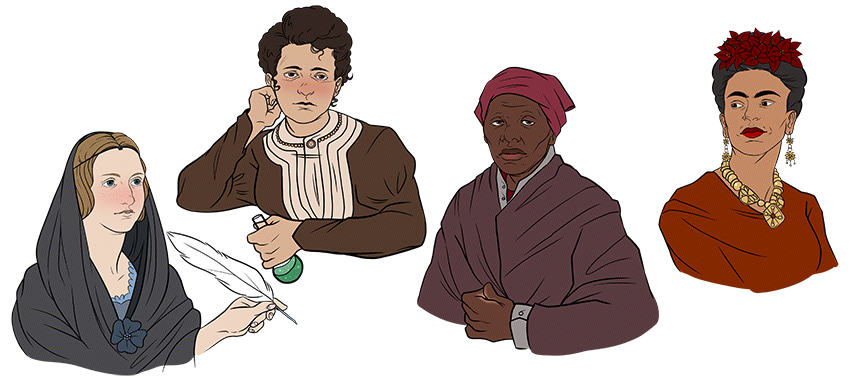Last Monday, March 8, posts celebrating International Women’s Day reminded people that outstanding women have always fought the odds to make a difference.
The new standard of femininity doesn’t evoke the image of women setting the table for their husbands or sleeping in pin curls (or the visuals in “Wandavision’s” first episode). The women we want to admire are strong, hardworking and savvy while still being generous and caring.
They’re the people who act as nurses, raising their children in a pandemic, or as entrepreneurs who have started numerous businesses since the first lockdown last March.
There’s nothing wrong with the modern, strong woman, and 2021’s perfect idea of womanhood is a natural evolution of a constantly-changing standard of femininity. However, elevating a singular version of success through the women who have found the “perfect” work-life balance has troubling implications.
Today, many women don’t want to— or can’t— conform to those standards. Plenty of people find joy and fulfillment in being full-time mothers or housewives, going through what’s considered a traditional route of femininity that we label as conservative.
Roadblocks from class, income, race, identity and even interest can change how feasible it is for a person to fulfill the expectations others have for them.
Despite the variety of circumstances women live through or the historical differences in American women’s experiences over time, the potential ability to have children has shaped the way female-identifying and female-perceived people have always navigated society.
“Most, but not all women, either have the capacity to or are understood to be able to have children,” Jane Simonsen, professor of history, said. Simonsen has worked in Augustana’s history department since 2006 and works in the Women, Gender, and Sexuality Studies (WGSS) Program as well.
The caregiver role “has in every time and place, affected almost every woman, whether they can reproduce, choose to reproduce, have a uterus. That idea has actually affected women in very different ways,” Simonsen said.
Whether a person is female-identifying or not, being perceived as female in the United States sidelines them into pre-constructed categories in which they are expected to perform a female identity correctly.
For most women, the double standard of traditional and contemporary modes of womanhood creates a sense of cognitive dissonance. Living between both modes leads to a frequent effort to break from those standards or conform to one over the other.
“You don’t want to be too “woman” because that’s weak and that’s not valuable, but you have to be a certain degree of “woman” to fit this narrative [people] have for your life,” Alison Lawrence, sophomore, said.
The contemporary ideal of women “having it all” by balancing work and family manifests out of those two ideas.
A woman can perform the caregiver role by being a good mother and citizen. However, she also has to have her own job and ambitions to not seem too backward.
In a pandemic, all the work of raising children and working another job was complicated by working from home and helping children with schooling during the day.
All the problems associated with the pandemic compounded on difficulties experienced by women whose lives are marginalized in other ways. Women of color, working-class women, disabled women, queer women and people living in a hundred other situations are all held to unreachable standards.
“There’s a sort of societal ideal or range of socially accepted ideals, which in the United States, has usually been white, middle-class womanhood, and that all women to some extent are judged along those lines,” Simonsen said.
It affects women first in their appearance. “I think that generally, white women have become the ideal beauty standard for society,” Joyce Matanguihan, sophomore, said. “Growing up, I was surrounded by the media, family and friends, wanting to become lighter-skinned, have long, straight, lighter hair, lighter eyes.”
The pressure to conform to the white idea of womanhood ignores the varying conditions women live under. For some groups, different ways to perform femininity may seem more revolutionary than others, though they have been labeled as conservative by white feminism.
Simonsen highlighted the example of Black mothers post-civil war, for whom motherhood was more liberating than being childless. “These are women who are coming out of the economic system of slavery that did not let them be mothers to their own children.”
“So for them to say ‘I want to be taken seriously as a mother,’ seems conservative to us, but not when you think about where they’re coming from,” Simonsen said. Intersectionality is at the core of feminist progress, and recognizing difference enables broader improvements for women.
For Black women, the combination of racism and misogyny, coined as misogynoir, commodifies people’s bodies differently than misogyny does for white women.
“Watch out for the risk of erasing somebody’s voice just because it doesn’t conform to the expectations of western, white feminism,” Jennifer Heacock-Renaud, co-coordinator of WGSS, said.
Asserting one experience over others elevates a singular version of the female identity, which boils down to financially stable white women.
“The feminist conversation caters to white women because it creates a monolith that eliminates intersectionality,” Madeline Herwig, sophomore, said. “They essentially erase all other struggles that exist between intersecting identities.”
While combating white feminism in terms of appearance, women of color have countless more hoops to jump through in order to meet an impossible standard.
Negative racial associations complicate how women of color navigate the world. “There are these set categories that women of color are supposed to fit in, and they all end up being negative and disempowering them severely,” Lawrence said.
Stereotypes about women of color’s interests, work and appearance conflict with the white ideal of womanhood. They compound on expectations women of color experience first for their gender and secondly for not conforming to white supremacist ideals.
Across borders and for people whose identities don’t strictly align with womanhood, fighting to assert an independent identity (feminine or not) becomes much more difficult.
“For me, transnational feminism is about working across national borders while at the same time deconstructing those borders and asking about what borders mean in terms of how people configure and perform their identities,” Heacock-Renaud said.
Centering the conversation of identity and feminist standards in America sideline populations who combat different problems from women in the United States on a geopolitical level.
“In places like Latin America where there’s a history of colonialism, imperialism or globalization and transnational corporations impacting a person’s identities,” Heacock Renaud said, “that particular set of forces is different from what I experience here as a white, middle-class academic working in feminism.”
While people may have similar goals across borders, the different cultural and social worlds women navigate inform their struggles. Making a deliberate effort to not colonize women’s issues is the crux of intersectional feminism.
Recognizing how the modern ideals of womanhood damage women across marginalized groups is essential to avoid colonization and appropriation in conversations around women’s struggles.
Few women can achieve a life where they’re able to work 40 hours a week, raise children and be good partners while taking care of themselves. It demands affording childcare, being able-bodied, having a (usually male) partner and having no sudden obstacles to prevent any of those things.
As the “right” way to be a woman develops, adding more progressive qualifiers while still asking people to be as traditionally generous and caring, the burden placed on contemporary women grows.
“There’s always these little narratives that continue. You’re supposed to perform the things expected of you as a woman while also superseding all those other narratives. You have to do all of the things that are more accepted now on top of the things that you’ve always had to do,” Lawrence said.
Augustana’s female STEM majors face the same problem, juggling presumptions about womanhood while asserting themselves in male-dominated fields.
“I want to be a surgeon, but [my parents] were like, ‘You want to be a plastic surgeon, right? So that you can have time to raise kids. Most women who want to be doctors will do something with a schedule so they can raise kids,’” Lawrence said.
Even in the classroom, women in STEM have to accommodate how they’re seen as women before their role as students.
“I feel that being traditionally feminine is frowned upon because STEM is male-dominated,” Herwig said. “I often change my personality to be more “masculine” because others do not take me seriously.”
Femininity, in masculine-coded spaces, feels inferior due to conflicting ideas about womanhood’s role in a person’s career. STEM careers are still being accommodated into the accepted image of what a woman can be.
Working off of a singular image asks people not only to fit that idea without question but to want to fulfill it as well. It overrules the choice anyone has to not fulfill a role if they choose, and insinuates that other forms of womanhood are lesser.
Standards of femininity change constantly, and each change asserts itself over what existed before in an attempt to be the new, progressive and appealing identity to achieve. As a consequence, the society that perpetuates a singular feminine ideal neglects difference.
“When you say ‘This is the way to be a woman,’ we are excluding the experiences and priorities and obstacles and traumas that are faced by people who are not like ourselves,” Simonsen said. “There are constants in what makes a person a feminist, and that is someone who looks beyond their own situation and condition to see what’s holding everyone back.”
Graphic by Alyssa Duckett.
Seeking new roles in a one-woman show: how do we perform femininity?
March 24, 2021
Leave a Comment
More to Discover

